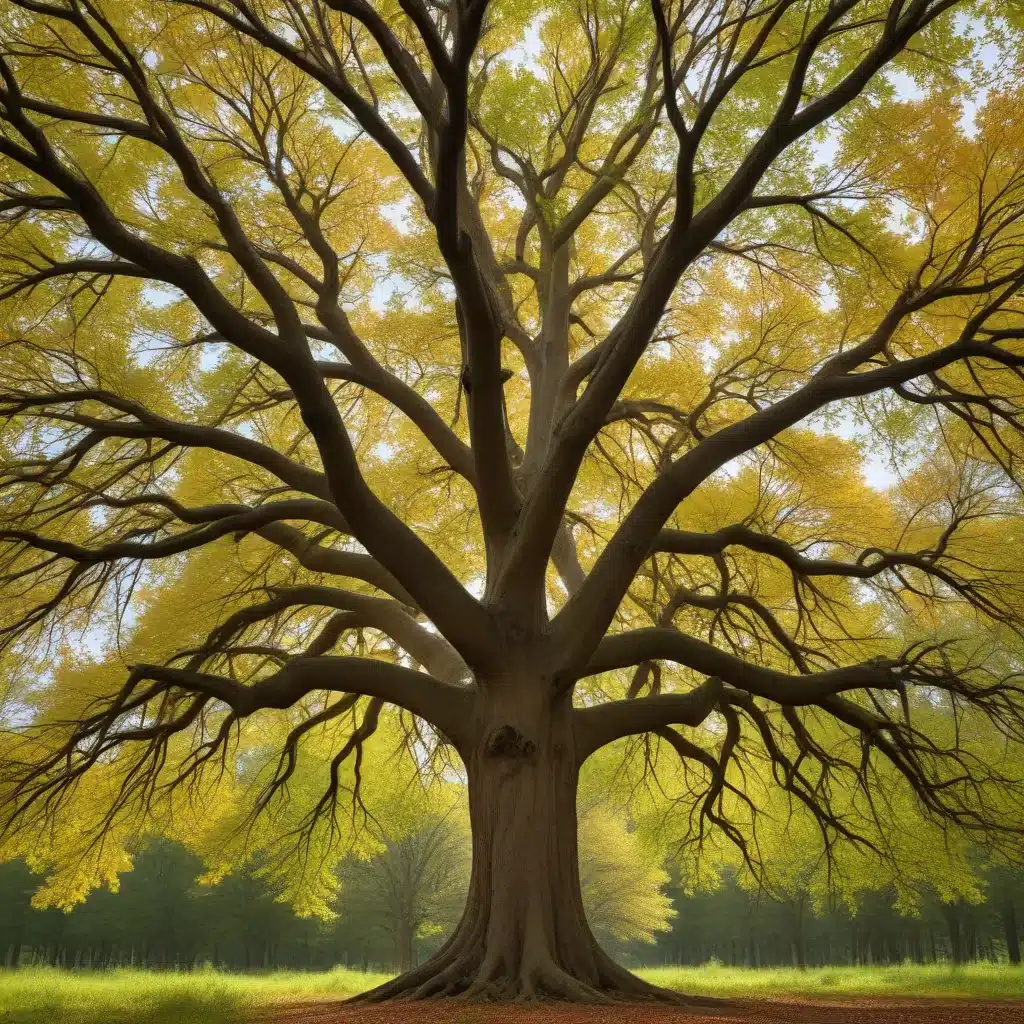
The annual cycle of growth and dormancy that governs the lives of trees is a marvel of evolutionary adaptation. Phenological processes, the seasonal changes in a plant’s life stages, are finely tuned to environmental cues, allowing trees to thrive in diverse habitats across the globe. Understanding the intricacies of this seasonal behavior is crucial for effective tree care and management, as well as appreciating the ecological significance of these remarkable organisms.
Seasonal Tree Physiology
At the heart of a tree’s seasonal growth patterns lies its phenological cycle. As daylight hours and temperatures fluctuate throughout the year, trees respond by transitioning between active growth and dormancy. This ebb and flow of metabolic activity is orchestrated by a complex interplay of hormonal signaling and resource allocation.
Dormancy and Bud Break
During the fall and winter months, trees enter a state of dormancy, suspending growth and conserving energy reserves. The shortening daylight hours and cooling temperatures trigger the formation of terminal buds, which are tightly sealed and protected by specialized scales. These buds remain quiescent until the following spring, when increasing daylight and warmth signal the onset of bud break – the emergence of new leaves and shoots.
Photosynthesis and Carbon Allocation
In the spring and summer, trees shift into an active growth phase, with photosynthesis ramping up to produce the carbohydrates necessary for structural expansion and root development. The products of this photosynthetic activity are then distributed throughout the tree via the phloem, nourishing both aboveground and belowground tissues.
Environmental Cues and Adaptation
Trees have evolved remarkable sensory mechanisms to detect and respond to environmental signals, allowing them to synchronize their growth and development with the rhythms of the seasons.
Photoperiod and Temperature
The length of daylight, or photoperiod, is a primary cue that trees use to time the onset of dormancy and bud break. As daylight hours decrease in the fall, trees perceive this change and begin preparing for winter. Conversely, the lengthening days of spring trigger the activation of buds and the resumption of growth. Ambient temperature also plays a crucial role, with warmer conditions promoting earlier bud break and cooler temperatures prolonging dormancy.
Precipitation and Soil Moisture
The availability of water is another critical environmental factor influencing tree behavior. Periods of drought can induce stress responses, such as leaf shedding or the slowing of growth, while adequate soil moisture supports robust development. Trees have evolved diverse strategies, from deep root systems to water-conserving leaf adaptations, to thrive in a variety of precipitation regimes.
Wood Formation and Structure
The visible manifestation of a tree’s seasonal growth is the annual wood increment, visible as the characteristic growth rings that form the cross-section of a trunk or branch.
Cell Division and Differentiation
During the growing season, the vascular cambium, a layer of dividing cells just beneath the bark, produces new wood cells. These cells initially consist of large, thin-walled earlywood cells, which facilitate the rapid transport of water and nutrients in the spring. As the season progresses, the cambium produces smaller, thicker-walled latewood cells, creating the distinct dark bands that delineate each annual ring.
Cambial Activity and Wood Structure
The width and density of these growth rings can provide valuable insights into a tree’s history. In favorable conditions, the cambium remains highly active, producing broad rings with a greater proportion of earlywood. Conversely, periods of stress, such as drought or disease, can result in the formation of narrower, denser latewood-dominated rings. This dendrochronological record allows researchers to reconstruct past environmental conditions and even date historical artifacts.
Ecological Implications
The seasonal behavior of trees is not merely a fascinating biological process – it is also a critical component of diverse ecosystems, shaping the habitats and community dynamics that sustain a myriad of other organisms.
Habitat Preferences
Different tree species have evolved unique phenological adaptations that allow them to thrive in specific environmental niches. For example, early-successional trees like aspens and birches may leaf out and flower earlier in the spring, while late-successional species like oaks and maples exhibit a more gradual transition into active growth.
Community Dynamics
The synchronized seasonal changes of trees have profound impacts on the wider ecological community. The emergence of new leaves in the spring provides a burst of resources for herbivorous insects and the birds that feed on them. Likewise, the autumnal leaf drop and dormancy period alter the availability of shelter, nesting sites, and food sources for a diverse array of wildlife.
Climate Change Impacts
As the global climate continues to change, the delicate balance of seasonal cues that trees have relied on for millennia is being disrupted. Earlier springs, more erratic precipitation patterns, and other environmental shifts can throw off the synchronization of a tree’s growth cycle, leading to potentially cascading effects throughout the ecosystem. Understanding and anticipating these changes is crucial for TriCounty Tree Care and other professionals working to maintain the health and resilience of our urban and rural forests.
The rhythmic dance of a tree’s seasonal growth and behavior is a testament to the remarkable adaptability of these foundational organisms. By unlocking the mysteries of this intricate process, we can better appreciate the ecological significance of trees and develop more effective strategies for their care and conservation. Whether you’re a homeowner, a landscape designer, or a professional arborist, embracing the nuances of seasonal tree biology is the key to unlocking the full potential of these vital components of our natural world.


